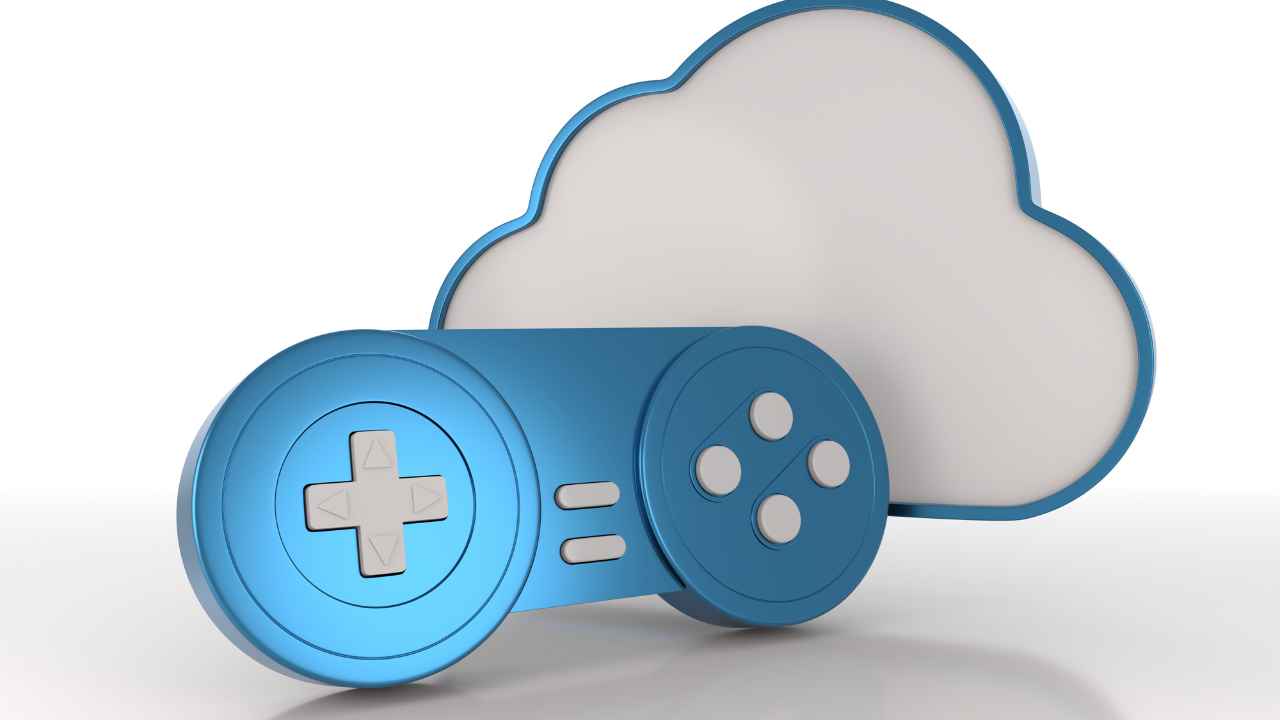The Rise of Cloud Gaming A New Era in Digital Entertainment
Posted on 01 Jan 1970

Cloud gaming is revolutionizing the way we play video games, offering unparalleled convenience and access to a vast library of titles without the need for expensive hardware. In this blog post, we will explore the rise of cloud gaming, its benefits, challenges, and its potential future in the digital entertainment landscape.
What is Cloud Gaming?
Cloud gaming, also known as game streaming, is a technology that allows players to run video games on remote servers and stream them directly to their devices. This means that the heavy lifting of processing and rendering graphics is done in the cloud, while players enjoy the game on their PCs, smartphones, tablets, or smart TVs. Services like Google Stadia, NVIDIA GeForce Now, Xbox Cloud Gaming (formerly Project xCloud), and PlayStation Now are leading the charge in this new era of gaming.
Benefits of Cloud Gaming
1. Accessibility
One of the most significant advantages of cloud gaming is its accessibility. Players no longer need to invest in high-end gaming consoles or PCs to enjoy the latest titles. All that’s required is a stable internet connection and a compatible device. This democratization of gaming allows more people to experience high-quality games regardless of their hardware capabilities.
2. Instant Play
Cloud gaming eliminates the need for lengthy downloads and installations. Games are hosted on remote servers and are ready to play at the click of a button. This instant access means players can jump into their favorite games without waiting, making gaming more spontaneous and enjoyable.
3. Cross-Platform Play
Cloud gaming services often support a wide range of devices, enabling cross-platform play. Whether you're on a smartphone, tablet, or PC, you can continue your game progress seamlessly across different devices. This flexibility enhances the gaming experience, allowing players to game on the go or from the comfort of their homes.
4. Lower Costs
By offloading the processing power to the cloud, players can save on the costs associated with purchasing and maintaining high-end gaming hardware. Subscription-based cloud gaming services offer access to a vast library of games for a monthly fee, making it an economical option for many gamers.
Challenges of Cloud Gaming
1. Internet Dependency
The primary challenge of cloud gaming is its reliance on a stable and fast internet connection. High latency, slow speeds, or interruptions can significantly impact the gaming experience, leading to lag, buffering, and reduced image quality. This dependency can be a barrier for players in regions with unreliable internet infrastructure.
2. Data Usage
Streaming high-quality video games consumes a substantial amount of data. Players need to be mindful of their data usage, especially if they have limited data plans or are subject to data caps. This can be a concern for gamers who play frequently or for extended periods.
3. Server Availability
The performance of cloud gaming services can be affected by server availability and load. During peak times, servers may become congested, leading to longer wait times and potential performance issues. Ensuring a consistent and smooth gaming experience requires robust server infrastructure and efficient load management.
The Future of Cloud Gaming
Despite the challenges, the future of cloud gaming looks promising. With ongoing advancements in internet infrastructure, including the rollout of 5G networks, the limitations related to connectivity and latency are expected to diminish. Additionally, increased investment in cloud gaming platforms and technology will likely lead to more robust and reliable services.
1. Expanding Game Libraries
Cloud gaming services are continually expanding their game libraries, offering a diverse range of titles from various genres. This growing selection provides players with more options and keeps the gaming experience fresh and exciting.
2. Enhanced Features
As technology evolves, cloud gaming platforms are expected to introduce enhanced features such as higher resolution streaming, virtual reality (VR) support, and improved social integration. These advancements will further enrich the gaming experience, making it more immersive and interactive.
3. Collaboration with Developers
Collaboration between cloud gaming platforms and game developers will play a crucial role in optimizing games for cloud play. By designing games with cloud gaming in mind, developers can ensure better performance and reduced latency, providing a smoother experience for players.
Conclusion
Cloud gaming is reshaping the landscape of digital entertainment, offering a convenient, cost-effective, and accessible way to enjoy video games. While there are challenges to overcome, the potential benefits and future advancements make it an exciting development in the gaming industry. As technology continues to improve, cloud gaming is poised to become a dominant force in the world of digital entertainment.
Thank you for joining us on this exploration of cloud gaming. Stay tuned to our blog for more insights and updates on the latest trends and innovations in the world of gaming and technology.
Happy gaming!
